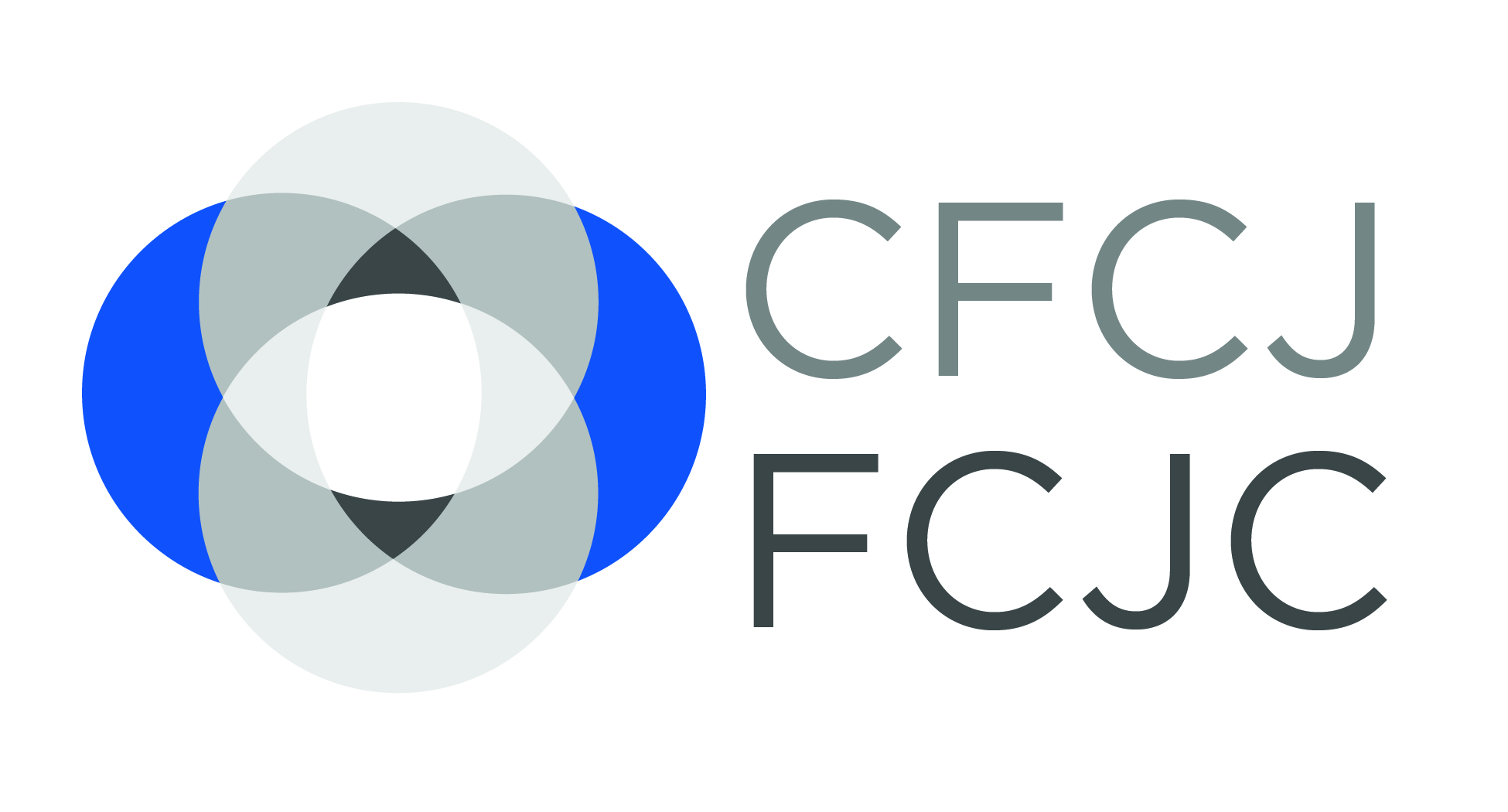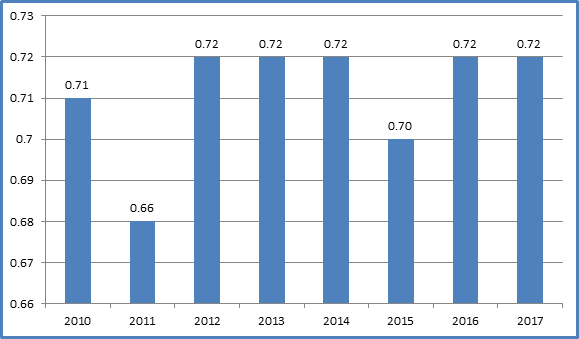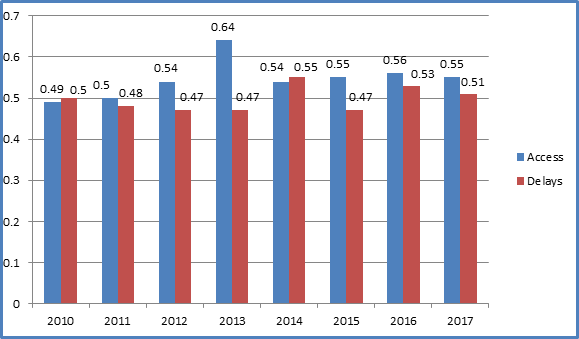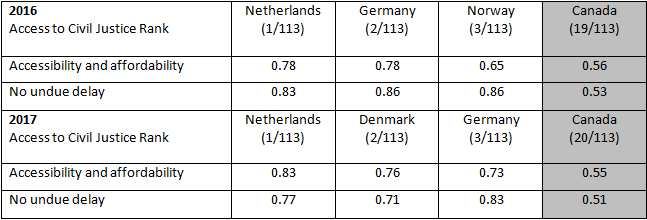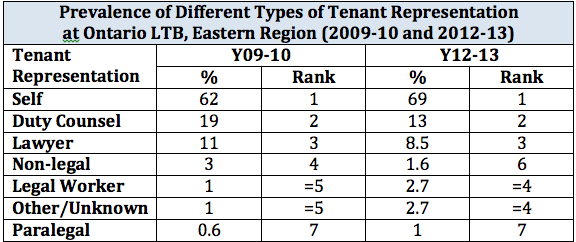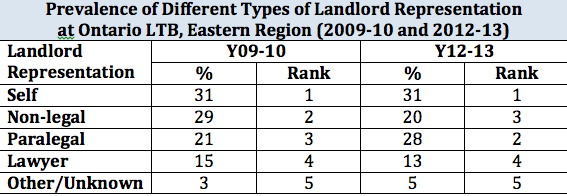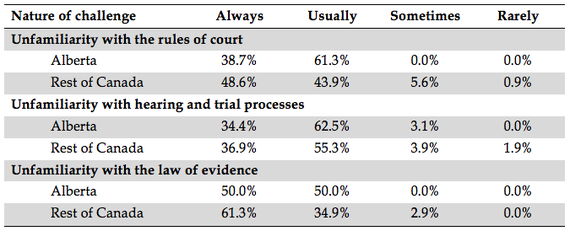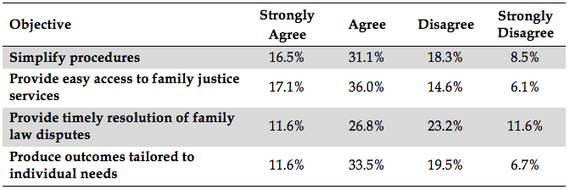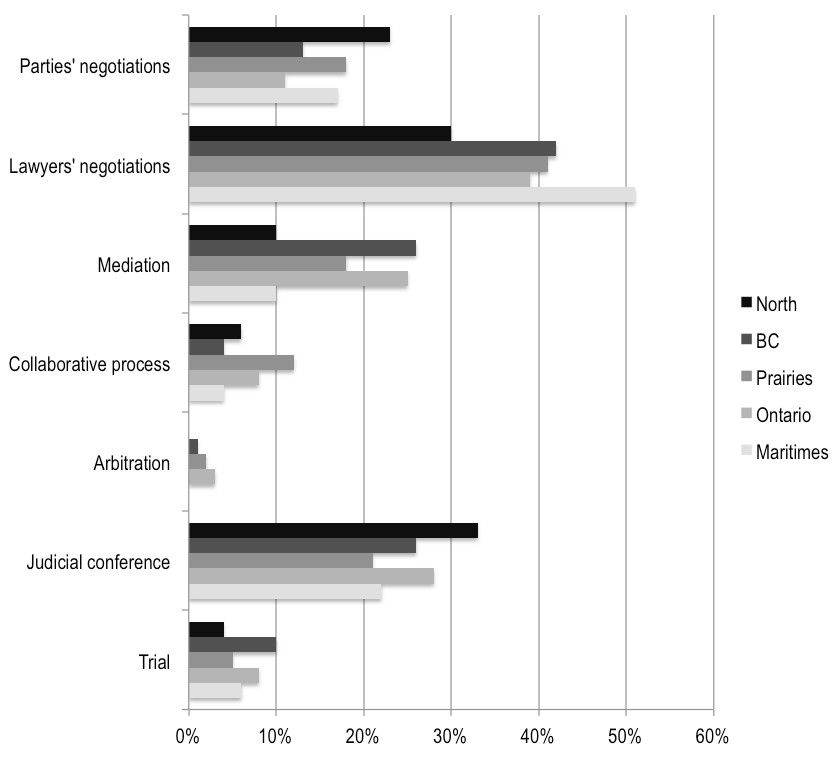La version française suit.
This article originally appeared on The Lawyer’s Daily on June 20, 2018. It is the eighth article in The Honourable Thomas Cromwell’s exclusive Lawyer’s Daily column dedicated to access to civil and family justice.
Access to justice leaders from coast to coast to coast met for two and one-half days in Ottawa in April at the annual summit of the Action Committee on Access to Justice in Civil and Family Matters. These people know better than most how big a challenge we face in improving access to justice. But that did not temper the enthusiasm for what has been accomplished or weaken the resolve to keep working for change.
Delegates representing the broad coalition that makes up the action committee — deputy ministers, the judiciary, provincial and territorial access to justice groups, legal aid plans, pro bono groups, public legal education providers, the bar, notaries, ADR professionals, administrative tribunals and the public — heard of the success of the action committee’s public engagement initiative and its innovation tool box project. Thousands of people engaged with the need for an effective civil and family justice system and people across Canada active in justice innovation developed communities of practice and other tools to help them with their important work. Sarah McCoubrey and Meredith Brown, access to justice strategists with Calibrate, designed and executed both projects, which were funded by the Law Foundation of Ontario.
The group also was given an update on progress on the action committee’s Justice Development Goals. Sixty-eight new initiatives to help people address everyday legal problems; 64 new initiatives designed to better meet legal needs, including eight new pro bono services; 50 projects aimed at improving family justice. And the list goes on.
One of the challenges facing reformers is the dearth of empirical evidence about how our civil and family justice system works and how to know if our reforms are having the intended effect. The improvement in justice metrics is a critical element of any long-term plan for systemic change. People at the summit learned of a project spearheaded by Jerry McHale which is bringing together a strong coalition to work on this topic. Bringing to together researchers at the faculties of law at the University of Victoria, University of Saskatchewan, York University and University of Montreal, the initiative’s goal is to develop priorities for justice system metrics and to build capacity for data gathering and analysis. And feeding into that effort was the work at the summit to begin to develop indicators; that is, things we can measure, in relation to each of the Justice Development Goals.
A full day of the summit was devoted to the issue of Indigenous child welfare. Organized by Scott Robertson of the Indigenous Bar Association and Mark Benton of the Legal Services Society of B.C., distinguished speakers from across Canada led us through an intense and impactful overview of the woeful state of services for Indigenous children and families in many parts of our country. While not usually discussed as an access to justice issue, the presentations at the summit showed that it certainly is. The child welfare system almost everywhere in Canada is not meeting the needs of children, families or communities. The speakers at the summit helped participants not only to better understand the problem, but also to hear about promising solutions. Better funding, more community leadership, more culturally appropriate options and a wider focus on the whole family were some of the aspects discussed.
To cap the summit, Beverley McLachlin, recently retired as chief justice of Canada, confirmed that she has agreed to assume the chair of the action committee this autumn. Her successor as chief justice, Richard Wagner, confirmed that he has accepted to take on the role of honourary chair of the action committee, following in his predecessor’s footsteps. Stay tuned!
All of us concerned about access to justice will not be satisfied until there is a great deal more improvement. But this gathering of leaders demonstrated that there is a growing commitment to make the necessary change and an impressive array of innovative projects showing that making that change is possible.
The Honourable Thomas Cromwell served 19 years as an appellate judge and chairs the Chief Justice’s Action Committee on Access to Justice in Civil and Family Matters. He retired from the Supreme Court of Canada in September of 2016 and is now senior counsel to the national litigation practice at Borden Ladner Gervais.
Accès à la justice : le Comité d’action aborde les problèmes à la recherche de solutions innovatrices
En avril, des chefs de file sur les questions d’accès à la justice, venus des quatre coins du pays, se sont réunis pendant deux jours et demi à Ottawa, pour participer au sommet annuel du Comité d’action sur l’accès à la justice en matière civile et familiale. Ce sont des gens particulièrement bien placés pour savoir à quel point il peut être difficile d’améliorer l’accès à la justice. Mais cela ne les a pas empêchés de se réjouir des progrès accomplis, et ils restent déterminés à amener de plus amples changements par leur travail assidu.
Les délégués représentant la vaste coalition des parties membres du Comité d’action – des sous-ministres, des juges, des représentants de groupes provinciaux et territoriaux d’accès à la justice, de régimes d’aide juridique, des professionnels qui offrent bénévolement des services juridiques, des fournisseurs de services d’éducation juridique du public, des avocats, des notaires, des professionnels du règlement extrajudiciaire des différends (RED), ainsi que des représentants de tribunaux administratifs et du grand public –, ont été informés du succès que le Comité d’action a obtenu avec son initiative de consultation publique et son projet de boîte à outils de l’innovation. Des milliers de personnes consultées ont confirmé la nécessité d’assurer un système efficace de justice civile et familiale, et des gens de tout le Canada agissant pour l’innovation en matière de justice ont quant à eux mis en place des communautés de pratique et d’autres outils pour faciliter leur important travail. Sarah McCoubrey et Meredith Brown, stratèges sur les questions d’accès à la justice au sein de l’organisation Calibrate, ont conçu et mis à exécution les deux projets, qui ont été financés par la Fondation du droit de l’Ontario.
Le groupe a aussi été mis au courant des progrès qu’a réalisés le Comité d’action par rapport à ses Objectifs de développement en matière de justice : 68 nouvelles initiatives pour aider les gens à résoudre des problèmes juridiques courants; 64 nouvelles initiatives conçues pour mieux répondre aux besoins juridiques, dont huit nouveaux services juridiques offerts bénévolement par des professionnels; 50 projets visant à améliorer le système de justice familiale; et la liste se poursuit.
Une des difficultés auxquelles les réformateurs doivent faire face tient à la pénurie de données empiriques sur la façon dont fonctionne notre système de justice civile et familiale, et sur ce que nous pouvons faire pour savoir si nos réformes donnent les effets escomptés. Tout plan pour la réalisation d’un changement systémique à long terme doit nécessairement passer par l’amélioration des paramètres de mesure de ces données. Les participants au sommet ont été informés d’un projet mené par Jerry McHale, qui rassemble une solide coalition œuvrant en ce sens, formée de chercheurs des facultés de droit de l’Université de Victoria, de l’Université de la Saskatchewan, de l’Université York et de l’Université de Montréal. L’objectif du projet consiste à déterminer les priorités de mesure pour les données relatives au système de justice, et de renforcer la capacité de collecte et d’analyse de ces données. Les participants au sommet y ont contribué en entamant l’élaboration d’indicateurs – c’est-à-dire des éléments que nous pouvons mesurer par rapport à chacun des Objectifs de développement en matière de justice.
Une journée entière du sommet a été consacrée à la question des services d’aide aux enfants autochtones. Cette journée était organisée par Scott Robertson de l’Association du Barreau autochtone et de Mark Benton de la Legal Services Society de Colombie-Britannique, et d’éminents conférenciers d’un peu partout au Canada nous y ont donné un aperçu criant et saisissant de l’état déplorable dans lequel se trouvent les services destinés aux enfants et familles autochtones, à de nombreux endroits au pays. Bien que ce ne soit habituellement pas traité comme un enjeu d’accès à la justice, les exposés entendus au sommet ont démontré que c’en était bel et bien un. Presque partout au Canada, le système de protection de l’enfance ne répond aux besoins ni des enfants, ni des familles, ni des collectivités concernées. Les conférenciers du sommet ont permis aux participants non seulement de mieux comprendre la problématique, mais aussi de prendre connaissance de solutions prometteuses. Parmi les aspects traités, il y avait notamment l’amélioration du financement, le renforcement du leadership communautaire, l’élaboration de possibilités mieux adaptées à la réalité culturelle, et l’élargissement du cadre d’intervention afin d’y inclure toute la famille.
Pour couronner le tout, Beverley McLachlin, récemment retraitée de ses fonctions de juge en chef du Canada, a confirmé qu’elle avait accepté d’assumer la présidence du Comité d’action à partir de cet automne. Son successeur à titre de juge en chef, Richard Wagner, a quant à lui confirmé qu’il suivrait ses traces en acceptant la présidence honoraire. Ce sera donc à suivre!
Nous tous, qui nous préoccupons d’accès à la justice, continuerons de veiller au grain tant et aussi longtemps que les choses ne se seront pas nettement améliorées. Entre-temps, cette rencontre de chefs de file en la matière a montré que de plus en plus de parties s’engagent à effectuer les changements nécessaires, et la gamme impressionnante de projets innovateurs qui y ont été présentés tend à démontrer que ces changements sont tout à fait possibles.
L’honorable Thomas Cromwell a été juge d’appel pendant 19 ans et siège au Comité d’action sur l’accès à la justice en matière civile et familiale établi à la demande de la juge en chef. Il a pris sa retraite de la Cour suprême du Canada en septembre 2016 et agit désormais comme avocat-conseil principal dans le domaine du contentieux à l’échelle nationale, au sein du cabinet Borden Ladner Gervais.



